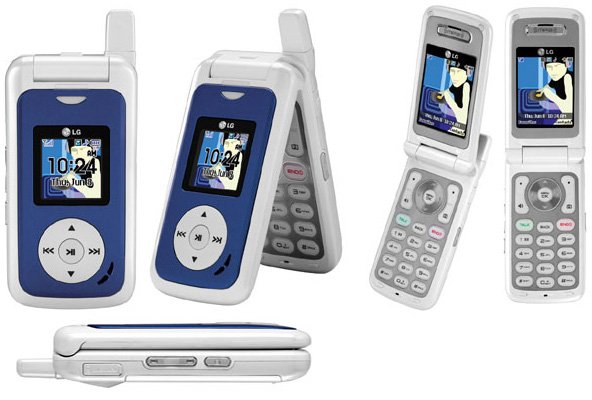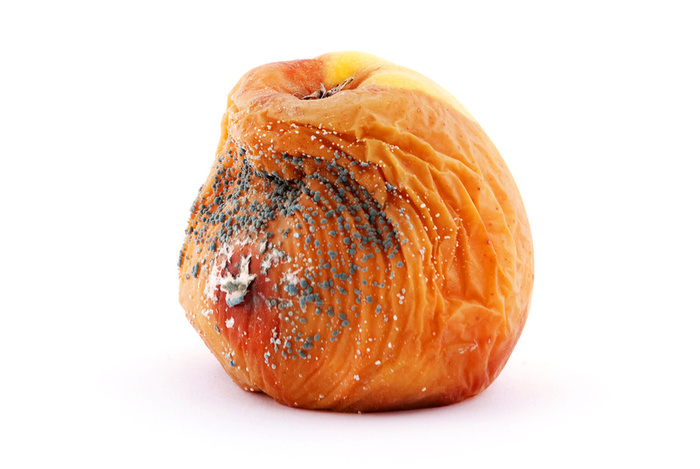Because of Apple’s new found confidence in the American consumer’s ignorance of these items they are now asking for a complete sales ban on a wide range of Samsung’s products. In this instance even Apple is not bold enough to try and claim design patents, but instead are trying to push some of their utility patents through as the reason for the ban. The patents in question are listed (and linked) below. We have also included a link for the prior art search below each patent these links make for excellent reading.
5,946,647 – System and Method for performing and action on a structure in computer-generated data
Prior Art for 5,946,647
6,847,959 – Universal interface for retrieval of information in a computer system
Prior Art for 6,847,959
8,046,721 – Unlocking a device by performing gestures on an unlock page
Prior Art for 8,046,721
8,074,172 – Method, system, and graphical user interface for providing word recommendations
Prior Art for 8,074,172
8,014,760 – Missed telephone call management for a portable multifunction device
Prior Art for 8,014,760
7,761,414 – Asynchronous data synchronization amongst devices
Prior Art for 7,761,414
8,086,604 – Universal interface for retrieval of information in a computer system
Prior Art for 8,086,604
The devices that Apple wants banned for “slavish copying” are the following; Galaxy S III, Galaxy S III – Verizon, Galaxy Note, Galaxy S II Skyrocket, Galaxy S II Epic 4G,Touch, Galaxy S II, Galaxy S II - T-Mobile, Galaxy S II - AT&T, Galaxy Nexus, Illusion, Captivate Glide, Exhibit II 4G, Stratosphere, Transform Ultra, Admire, Conquer 4G, and Dart smartphones, the Galaxy Player 4.0 and Galaxy Player 5.0 media players, and the Galaxy Note10.1, Galaxy Tab 7.0 Plus and Galaxy Tab 8.9 tablets.
Now it is important to note that many of the patents that Apple has listed have been throw out around the globe due to prior art, obviousness or both. Patent 8,046,721 was throw out in the UK as the judge rules that it was obvious to a designer and further rejected Apple’s claim that “tap-to-unlock” was a “single point swipe”. To many keeping an eye on the case it was pretty clear that Apple was grasping at straws in their attempt to block the competition and the case had gone very far off of the “we are protecting our IP track”. Samsung has claimed as much more than once and are now making ovations to the general public and potentially to other agencies in the US and around the globe in an effort to get someone to look into Apple’s abuse of the patent and legal systems to block competition.
Although many of the Apple faithful (which unfortunately includes many in the media) will try to claim that Apple revolutionized the industry and created all of these ideas out of thin air, it is simply not the case. For each of the patents that Apple claims there is significant and compelling prior art that should have made Apple’s claimed patents invalid. Apple has been very clever in court to present these as new because they relate to smartphones, the problem with that argument is that the patents state “computer system” in many cases. This makes them general to the computing industry and not specific to mobile devices. This was one of the tactics that Apple used in the recent trail against Samsung. Despite the jury being shown vast amounts of prior art Apple continued to try and limit their patents to mobile computing when speaking about them to the jury. In fact Samsung presented so much prior art evidence that the Jury claimed it was bogging them down so they set it aside (which is another item at issue with the verdict).
Apple is not dumb; they know that the system (patent and legal) is very broken. They will continue to abuse it until they are stopped. They have shown this in the past with their attempts to sue Microsoft over a UI (which again is not protected under copyright and should not be under patent law either). They almost went bankrupt doing it and with their PR machine they convinced whole generation that they invented the UI and the Mouse despite the fact that they picked up the ideas from other companies. This is the same pattern we are seeing with Apple now. They were failing in the market even with Steve Jobs back in the lead. To get somewhere they adopted Steve’s old habits. Take an existing idea, make it a little better and sell it as your own.
There are numerous emails from Jobs talking about how to make this or that concept better going back to his days working on game controllers; it was his gift. He did it with the iPod shortly after his return. He took the idea from Creative Labs and changed it a little to product the iPod. Creative later successfully sued Apple for this theft of their IP. Jobs then took ideas that he and his engineering team were exposed to including the Fidler tablet, Diamond Touch, and tablets that Bill Gates showed off to start work on a tablet computer. Unfortunately the tablet bombed in the market, but a new technology immerged; the smart phone. Palm, Microsoft (with the help of HTC), RIM and Nokia were pushing a new class of computing device and they were becoming very popular. Apple decided to move into that space as quickly as they could and wanted to give this a little twist; they wanted to add broader multi-media capabilities. There were other phones on the market that combined phones with media players including the Fusic from LG (a Sprint Phone) that played audio and video files. Apple fans will argue that the Fusic was a flip phone and not a touch phone like the original iPhone, but the point here is that the concept was out there. The iPhone was not a revolutionary device. It was an evolutionary device. This means that it was following the current pace of evolution that was happening in the market. Products were getting thinner, easier to use, combining multimedia functions, and were even improving on touch capabilities.
Still Apple’s greatest advantage is the consumer’s vulnerability to marketing. Apple’s marketing team is one of the best out there. They know how to push a product and make them seem like they are the greatest thing out even when they lack features and technology that is in competing products. They have had even greater success with this since the launch of the iPhone (a product name that was trademarked by Cisco before Apple “borrowed” it). The marketing campaign has put Apple at an advantage in the US where many still buy into the hype hook, line and sinker. Even in the technical press (who should either know better or do the research to find out) we see common Apple misconceptions repeated as truth. Companies like Samsung, LG, Nokia, HTC, and others are often viewed as new comers to the market when they have been making phones for much longer than Apple.
It really is about time that someone called this for what it is; Apple is the new comer to the market and borrowed heavily from everyone else to product a product that they have spun into something it is not. The fact that the US Patent office did not do their job properly (or just rubber stamped Apple’s patent requests) has allowed Apple to become a bully in the consumer electronics world. This latest filing in the US shows this even more than the last few. We can only hope that someone in the US court system realizes this (besides Judge Alsop) and puts a stop to it soon or maybe some of the companies that are victims of Apple’s abuse can file the proper complaints with the US DoJ to have them look into Apple’s practices in the market to see if they are in violation of US Anti-Trust Laws. Until something like this happens Apple will continue to abuse the system and hurt the market and the consumer with more and more lawsuits and less actual innovation.
Discuss this in our Forum
